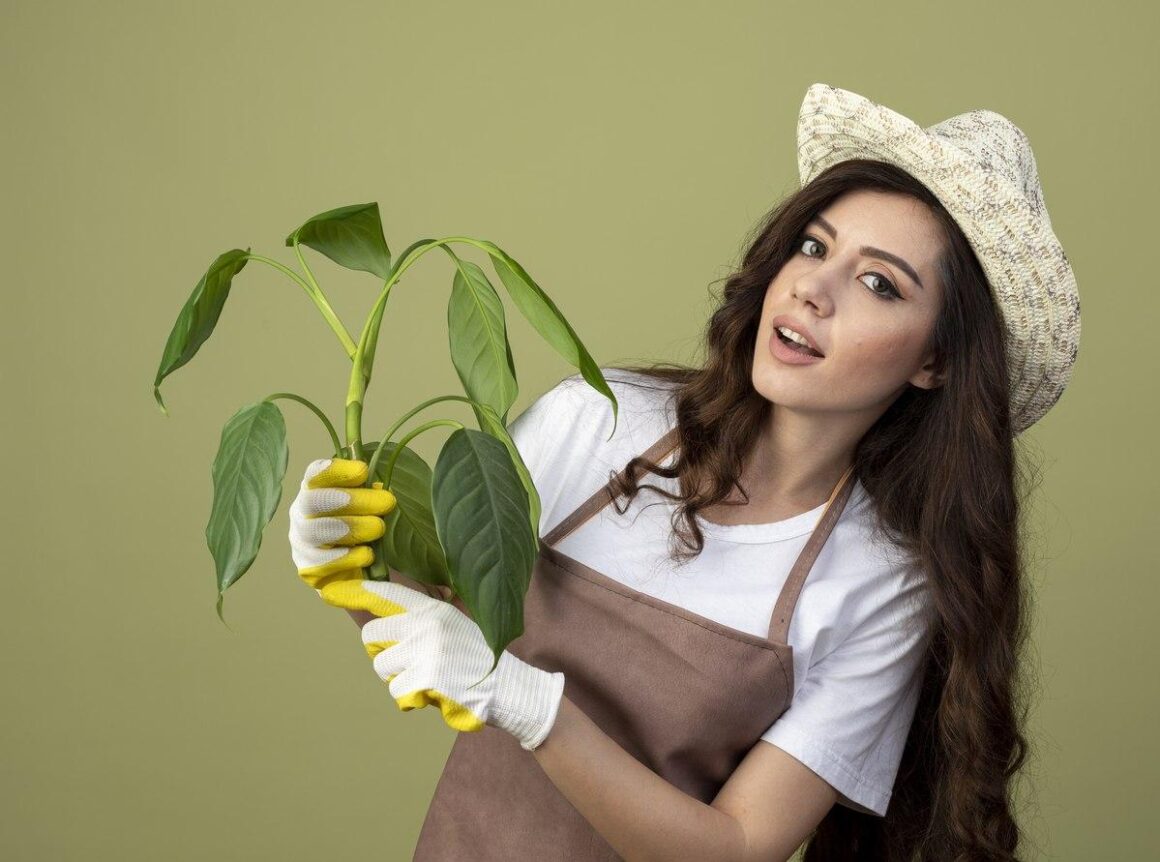Despite being artificial, plants do require a bit of maintenance, mainly in terms of keeping them clean. Dirt and dust tend to accumulate on their surface, just like for everything else in your home or office. The cleaning process is relatively simple and can be done without any strong chemicals or substances.
With these ideas in mind, here’s what you need to know about keeping your artificial plants attractive.
How to Clean Your Artificial Plants?
Keeping your artificial plants clean is key to making them look bright and lasting longer. There are some tools and materials needed to clean them:
- Soft cloth or microfiber duster
- Mild soap
- Water
- Spray bottle
Remove the plant from the container if you can. Get a clean cloth. Make sure it’s dry and soft. Use it to clear all the dust from the surface. It could be a bit daunting if it’s got too many leaves or other small bits like the stems, but it’s the first step in the process.
Don’t use any brushes as they’ll leave dust behind. Plus, they could scratch the surface of the plants.
While most of the dust will be gone, if you haven’t looked after the plant for too long, there might be some solid dirt on it, too, not to mention stains. Shake all the dust off the cloth, then get it wet and wipe surfaces, just like you did before. Again, pay attention to leaves and stems.
Abrasive chemicals or tools are contraindicated because they’ll damage the surface. If some of the stains persist, you can use a mild soap as well.
Once done, rinse the plant thoroughly and let it dry completely before placing it in its container.
Make sure to check with the manufacturer if the plant isn’t made of classic plastic. Other materials may require different cleaning techniques.
How to Look After Silk Artificial Plants
Many times, flowers are made of a silky material, rather than the plastic used for stems and leaves. If that’s the case, start the process in the same manner. Get a clean cloth and get rid of all the dust. If the flowers in particular have small stains or dirt, get the cloth slightly wet and be gentle while cleaning spots.
Again, abrasive and harsh chemicals won’t just hurt the surface, but also the material, causing flowers to lose their vibrant colors and shape. If the dirt refuses to go away, use a mild soap in the process.

When done, rinse thoroughly to get rid of all the soap leftovers and let plants and flowers dry naturally.
Unlike more solid plants, you shouldn’t get them under running water because the pressure could affect the shape of your flowers. Instead, use a different cloth and keep swiping leftover soap away.
Using Sprays on Artificial Flowers
If you have a plant with loads of leaves and flowers, cleaning them individually may feel like a nightmare. Most people would be tempted to just spray their flowers and let the spray clean and drip off.
According to DesignerPlants, while it looks like easy maintenance, the truth is most sprays in commerce come with different chemicals. They’ll cause artificial flowers to lose their colors, but also their shapes. After all, apart from plastic, some plants could also be made by delicate materials, like silk.
Chemicals in sprays will also leave bad looking residue on leaves, causing even more damage in the long run, They’ll look faded and no longer natural.
At the end of the day, if you think about it, such sprays are made for other surfaces and not for artificial plants. Adapting them to plants won’t work, but will damage them in the long run.
You can, however, find cleaning sprays made exclusively for artificial plants. They’re good at dissolving dirt and sorting stains, but they’re not as effective as a clean cloth and some water.
However, they make a good option if you’ve failed to look after your plants for too long and plain water can’t clear stubborn dirt.
But on a more positive note, such sprays tend to smell good. You can find them in all kinds of flavors. Get something as natural as possible.
Does Compressed Air Work?
You don’t necessarily need a complicated compressed air machine for the job. Even your hair drier will do. This option is good if you have a solid plant made of high quality plastic. It’s one of the quick ways to get rid of dust.

This option works well if you have intricate flowers and designs. After all, no matter how careful you are with a cloth, you won’t be able to reach every crease or corner. A hair drier may help in this case.
Dust will fly all over, so it’s better to perform this operation outside or by an open window.
It’s essential to remember that a very hot hair dryer can cause the plastic to melt and lose its shape. If you choose this option, make sure you put it on a cold setting to prevent damage.
Quick and easy tips to keep artificial plants clean and fresh
- Avoid placing them in direct sunlight as it can cause fading.
- Rotate your plants occasionally to ensure even exposure to light and air.
- Plants in busy areas need more cleaning: dust weekly and wash every 1-2 months.
- Don’t Place plants near kitchen areas or other places where they might get greasy or sticky.
- Be gentle with delicate parts like petals and small leaves to avoid breaking or tearing them.
- Don’t forget to clean the plant’s pot or container to keep the entire arrangement looking fresh.
To sum it up, maintaining the beauty and longevity of your artificial plants is simpler than you might think. By following the above steps and tips, you can enjoy the beauty of your artificial plants for years to come. So, take a little time to care for them, and they will continue to enhance your space beautifully.


